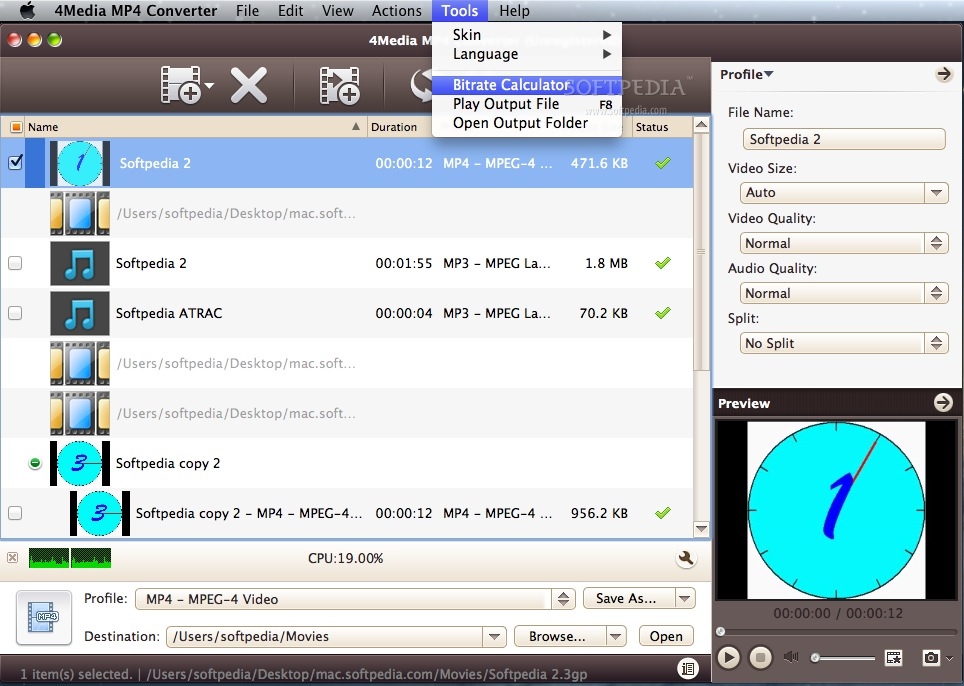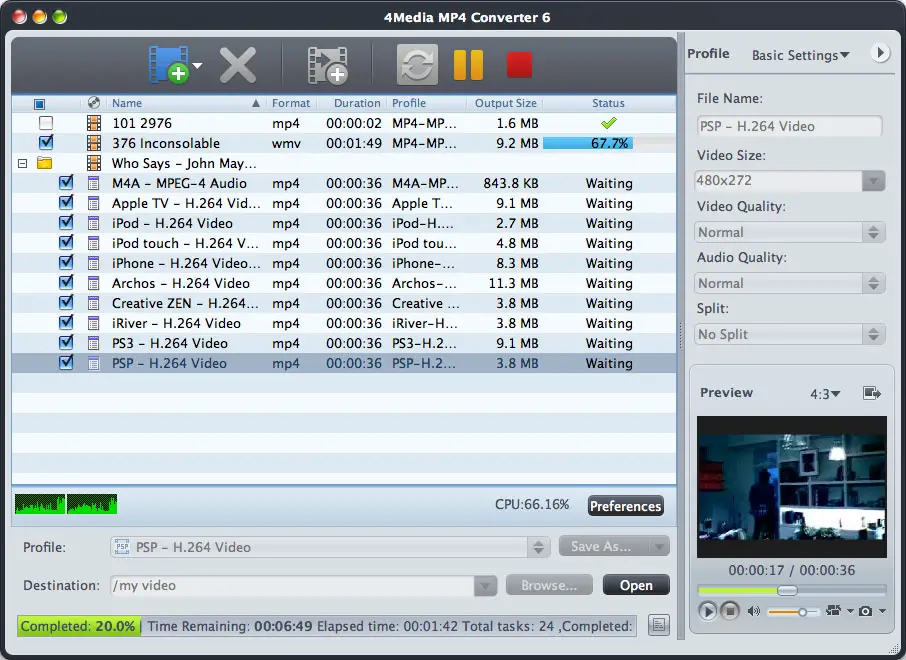

Just click the File > Import Project… to upload the DRP file. Undoubtedly, the DRP file is exclusive to Blackmagic Design DaVinci Resolve and it only can be opened with DaVinci Resolve. It is only a project file that contains references to all the media files in the project file. And a DRP file is the project file created by DaVinci Resolve.Ī DRP file is not a real video file and it does not contain any video, audio, image, or other media files. It is a color correction and non-linear video editing that’s available on Windows, Mac, and Linux operating systems. If you’re working on video editing or love video editing, you must have heard of DaVinci Resolve (Blackmagic Design DaVinci Resolve).
#Online file converter to mp4 how to
How to open DRP files? Can you convert a DRP file to MP4? How to make DaVinci Resolve save as MP4? Check this post now. Though technology and communications continue to improve, it is important to stay vigilant and aware of incoming weather hazards.A DRP file is a project file of DaVinci Resolve, a color correction and non-linear video editing program for macOS, Windows, and Linux. Though not a Category 5 hurricane at the time of landfall, Hurricane Katrina became one of the costliest and most deadly storms to affect the area when it struck in August 2005.įor more than 150 years, the NWS has been dedicated to warning and preparing our country for the impact of hazardous weather events.

All told, the damage caused by Camille totaled approximately $1.4 billion dollars (about $10 billion in 2020 adjusted for inflation).įor 36 years, Hurricane Camille held the record as the most devastating hurricane to strike the Gulf Coast. The rainfall, winds, and storm surge from Camille caused 256 deaths across several states - 143 were on the Gulf Coast, and another 113 were a direct result of the Virginia floods. The rainfall led to the most severe flooding the James River and its tributaries had seen in more than a century, and produced devastating landslides that washed away homes, roads, bridges, and railroads. Most of this rain occurred during a period of 3-5 hours, causing catastrophic flash flooding throughout the Appalachians. While the heaviest rainfall in Mississippi and Alabama measured about 10 inches, Camille, as a tropical depression while moving eastward over Virginia, produced rainfall amounts of 1-2 feet, with local amounts of more than 30 inches. The majority of the crop damage - about 90% - was due to the high winds while just 10% is attributed to the intense rainfall.Īfter wreaking havoc on the Gulf Coast, Camille moved northward to Tennessee and into Kentucky, weakening to a tropical depression along the way before turning east to Virginia. Additionally, crops in Mississippi and Alabama took an enormous hit - peach and pecan orchards were completely destroyed, and more than 20,000 acres of corn were flattened. Communities saw homes and buildings damaged or destroyed, fallen trees, and flooded roads. Most of the inland damage was a result of fallen trees and power lines, while damage on the immediate coast was caused by both wind and storm surge. The impacts of Hurricane Camille were felt across much of the southeast U.S., especially southeast Mississippi and southwest Alabama. However, the maximum sustained winds of Camille remain unknown - the powerful winds destroyed all wind-recording instruments in the landfall area. Ranked as the second most intense hurricane to strike the U.S., Camille averaged landfall and coastal wind intensity of 150 knots, or 175 miles per hour, with a devastating storm surge of about 25 feet. By the time it made landfall along the Mississippi Gulf Coast on August 17, Camille had evolved into a Category 5 storm. After forming off the west coast of the Cayman Islands on August 14, Hurricane Camille quickly gained strength as it moved northward. The fourth Category 5 to strike the contiguous United States occurred in 1969. In the fall of 2018, the late-season Hurricane Michael swept through the southeast with a landfall in the Florida panhandle. More than 50 years later, Hurricane Andrew, one of the costliest natural disasters in history, made landfall in South Florida and later Louisiana in August, 1992. The first occurred on Labor Day in 1935, decimating the Florida Keys with top wind speeds of more than 180 miles per hour. Only four hurricanes have ever made landfall on the continental United States as a Category 5 hurricane on the Saffir Simpson Hurricane Wind Scale.



 0 kommentar(er)
0 kommentar(er)
